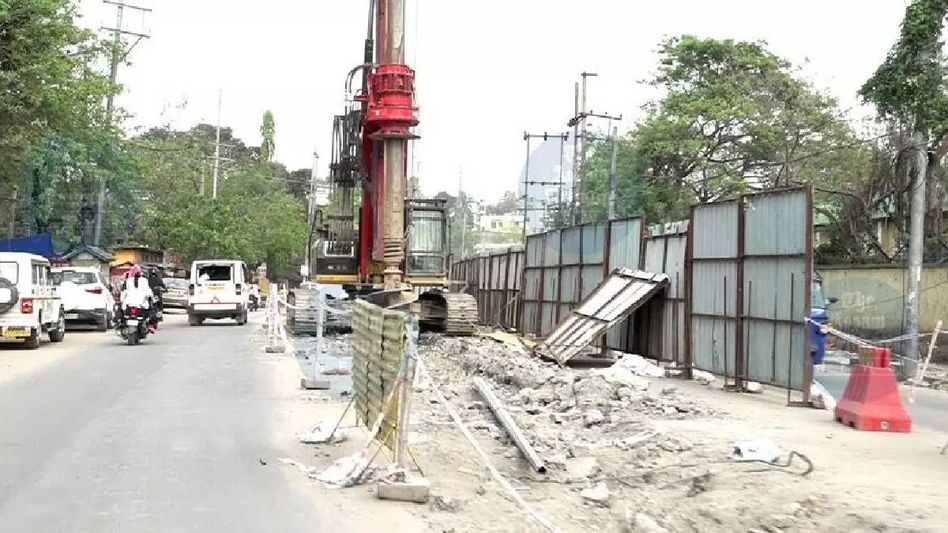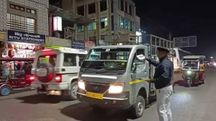Concrete over canopy: Citizens alarmed by Guwahati’s urban makeover
As Guwahati undergoes a rapid urban transformation, a growing section of its residents are voicing serious concerns over the environmental and cultural cost of the city’s beautification projects. From the revamped Brahmaputra Riverfront in Uzan Bazar to redesigned public spaces across the city, citizens fear that Guwahati’s development is coming at the expense of its green heritage and identity.

As Guwahati undergoes a rapid urban transformation, a growing section of its residents are voicing serious concerns over the environmental and cultural cost of the city’s beautification projects. From the revamped Brahmaputra Riverfront in Uzan Bazar to redesigned public spaces across the city, citizens fear that Guwahati’s development is coming at the expense of its green heritage and identity.
“Construction is rising across Guwahati, and with it, countless trees are being cut down. That’s not right. Global warming is worsening. Beautification is fine, but not at the cost of our green cover,” said a concerned resident while speaking to India Today NE.
Over the past five years, Guwahati has seen a significant push to become a “smart city,” with the Assam government investing in infrastructure upgrades, new parks, concrete promenades, LED-lit fountains, and ornamental urban furniture. The Brahmaputra Riverfront, once a tranquil, tree-shaded area, has now become a concrete belt featuring food kiosks and decorative installations. While the government touts the benefits—tourism, employment, and recreation—many locals see a deeper loss.
“In Uzan Bazar, 100–150-year-old trees by the riverbank have been cut down. Now, Guwahati can’t bear the heat. The rich live in AC buildings, but what about the poor in huts? The Chief Minister must stop this tree cutting,” said a resident of Uzan Bazar.
Decades-old trees, many of which were part of Guwahati’s natural riverfront ecology, have been felled in phases across Panbazar, Chandmari, and Uzan Bazar. Environmentalists and citizens alike are questioning the lack of transparency, community involvement, and long-term vision in these projects.
The Uzan Bazar area, rich in colonial-era architecture and traditional Assamese character, has also seen its old buildings either demolished or restructured to align with modern aesthetics. Residents argue that the city's soul is being erased in the pursuit of uniformity and concrete gloss.
Experts highlight that true urban progress lies not just in visible infrastructure, but in ecological sensitivity and cultural preservation. In an age where cities globally are adopting green and regenerative designs, Guwahati—with its rivers, hills, and vibrant traditions—could lead the way, if it chooses to integrate rather than eliminate its natural assets.
“Humans survive because of trees. If they destroy all of them now, what happens in the future? Trees have been cut in Panbazar and Chandmari. That’s not a good sign,” remarked a senior citizen.
The larger question remains: What kind of city does Guwahati wish to become? A short-lived spectacle of concrete and LED lights—or a sustainable, inclusive, and green capital for generations to come?
As the city moves ahead with its vision of progress, residents hope that development will evolve to walk in harmony with nature, not against it.
Copyright©2025 Living Media India Limited. For reprint rights: Syndications Today









